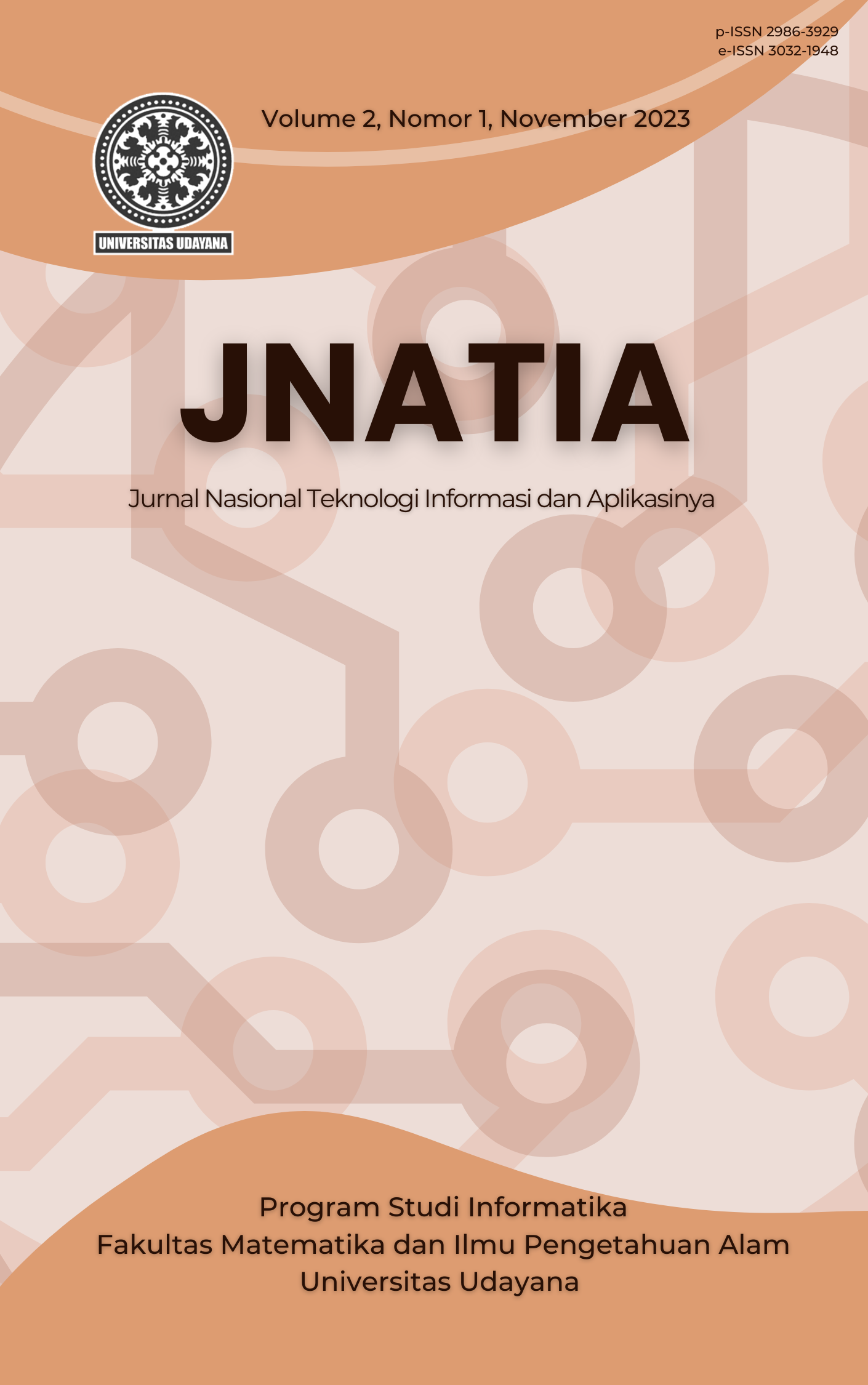Rancangan Alat Penyiraman dan Pemupukan Tanaman Berbasis IoT
Abstract
In general, plants really need water and fertilizer for their growth process. Busy daily life makes plant owners pay less attention to their plants, this will result in plants lacking nutrition and will wilt or die. In this research the aim is to build a smart plant watering system for plants with an Arduino Uno microcontroller. Providing water and fertilizer to plants is automatically controlled by a microcontroller as a control center. The automatic system works based on information from several sensors regarding soil conditions in plants. Plant watering is carried out when the soil moisture sensor (HW-080) reads soil moisture according to a predetermined set point, if the soil content value is below 400 then the soil has moist status, if the soil content is above 400 – 900 then the soil has normal status, but if If the content is >900 then the soil status is dry. To apply liquid fertilizer to plants, use the Real Time Clock (RTC Ds3231) which functions as a schedule for administering liquid fertilizer by first setting the day and time in the program according to the set point that has been made.




